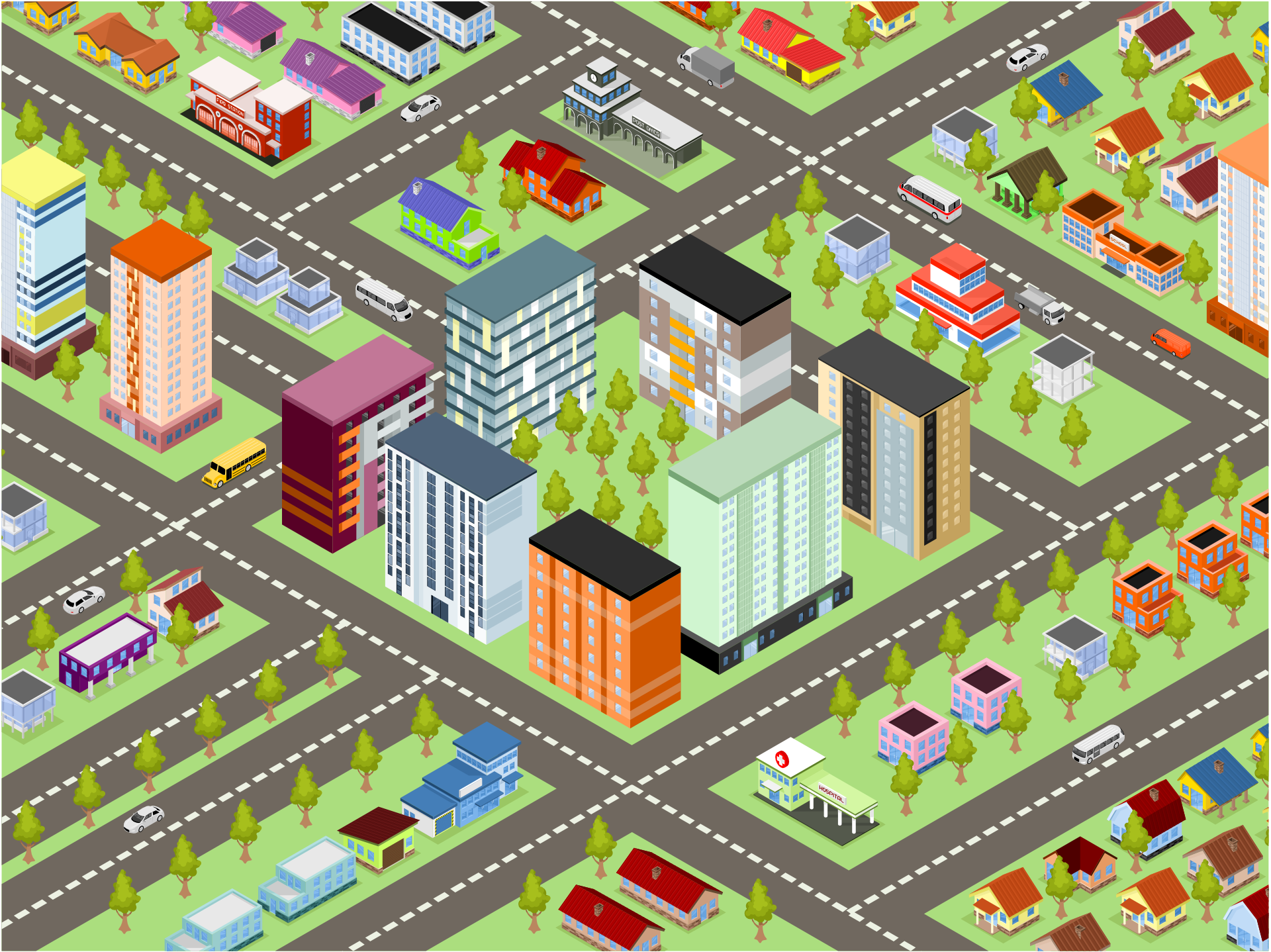Optimization of demand-responsive transport to reduce energy consumption and support reduction of number of cars in urban areas
Our experience
Since 2020 we have been operators of first social taxi in Poland. We transport mainly people from disadvantaged backgrounds, including older adults, and people with disabilities and health problems.
Almost from day one we faced a need to fight COVID-19 pandemics. We were transporting older adults and people with disabilities to get their vaccine. It was very hard, with just a few cars and no more than 10 drivers. We needed optimal scheduling to provide service to everyone who needed it. To optimize, we had to work with medical facilities. And we did it. We doubled number of our clients without increasing travelled distance or time. What we realized is that we actually used half of resources per passanger.


The real problem - chaos
When we started, everything seemed to be really chaotic. Our drivers' routes seemed completely random. The reason for this was simple - our customers going to one place from different parts of the city they had to wait about half an hour and go back home. We couldn't wait for them, we needed to bring next patients.
We asked healthcare units, if we can schedule vaccinations for specific hours. It wasn't a problem for them. So we reordered them. It wasn't a problem - everyone was staying at home that time, and everyone wanted to get her or his vaccine. So what really happened?
How does it work?
When transport is not taken into consideration, almost half of our rides was without any passenger. When we rescheduled them grouping people from the same parts of the towns together, or rides became much more efficient. Let's say, there we serve patinets from two parts of town - green and yellow, and our vaccination point is in red part. How does it look, when we serve passengers from one part?
| Ride no | From | To | Description |
|---|---|---|---|
| ... | |||
| 12 | Part A | Vaccine Point | Driving passenger 5 to get vaccine |
| 13 | Vaccine Point | Part A | Driving passenger 4 back after vaccine |
| 14 | Part A | Vaccine Point | Driving passenger 6 to get vaccine |
| 15 | Vaccine Point | Part A | Driving passenger 5 back after vaccine |
| 16 | Part A | Vaccine Point | Driving passenger 7 to get vaccine |
| 17 | Vaccine Point | Part A | Driving passenger 6 back after vaccine |
| ... | |||
Our cars were going back and forth with passengers, changing part of the town only once a day, what resulted with two additional rides without passangers. On the other hand, if parts of town were mixed, every second ride was without passangers - therefore we needed additional car and driver.


Demo - coming soon
Animation will be available soon